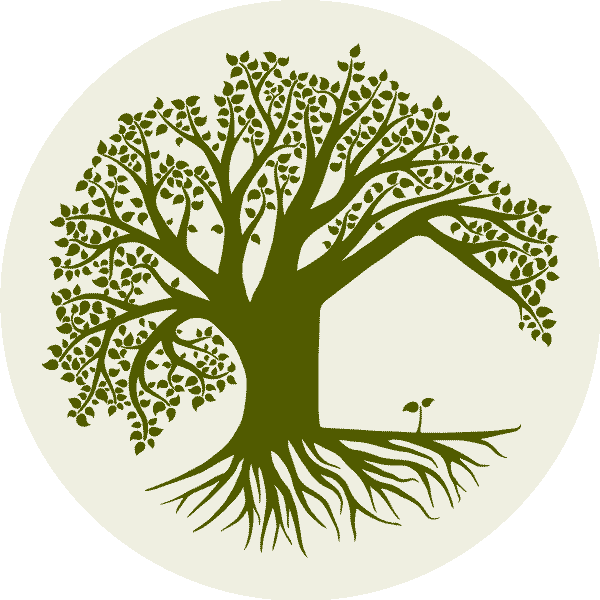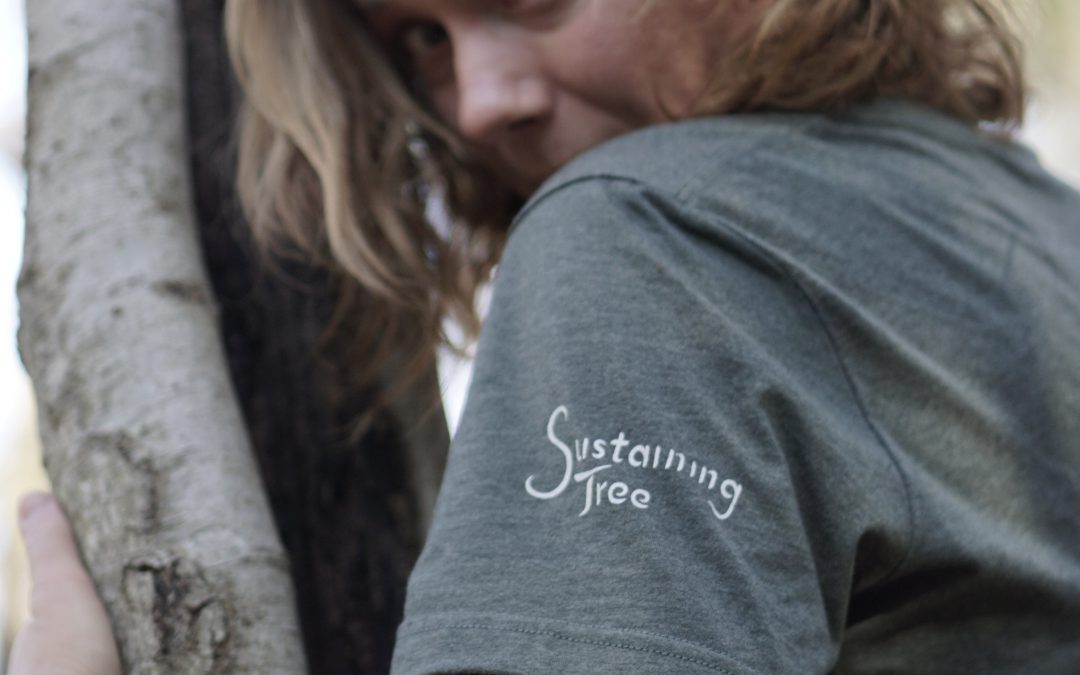
by William | Nov 11, 2020 | Healthy Living, Small Footprint
Dear Readers,
William and I want t-shirts with our Sustaining Tree name and logo on them. Mostly for ourselves. Because we are egotistical and vain and want to wear our endeavor literally on our tummies. But, if you feel like purchasing a shirt for yourself and modeling our tree on your tummy, then we figured we might as well make that option available to you!
However, being us…the perhaps extreme idealists that we are…we want our shirts to be as environmentally and socially and internationally and community friendly as possible. I didn’t quite realize how tough that is to do…
We are deciding to go through Printful (a print on demand service) for our shirts for three main reasons:
~ I don’t want to bulk order a bunch of t-shirts with trees on the tummy to have them just sit around the house waiting to be ordered. William and I very well may be the only ones who want trees on our tummies, and having so many unwanted, unworn, t-shirts laying around seems like a waste…of a lot of things.
~ If you do happen to want a tree on your tummy, I don’t want to go through the hassle of mailing it to you. The post office is a 15 to 20 minute drive away (depends if I have to stop to save a turtle crossing the road) and I don’t feel like doing that. I’m lazy. Sorry.
~ Printful claims to be taking a turn to the sustainability side of our consumer culture. They are attempting to widen their eco-friendly merchandise options and make their methods also just a bit more earth conscious. Their more obviously sustainable options are their ‘recycled t-shirts’- made from recycled cotton scraps and upcycled polyester rPET (essentially, fabric made from water bottles…)! A less obvious sustainable option, the one focused on in this blog, is Bella + Canvas. Bella + Canvas is one of their avenues for more ‘green’ oriented t-shirts.
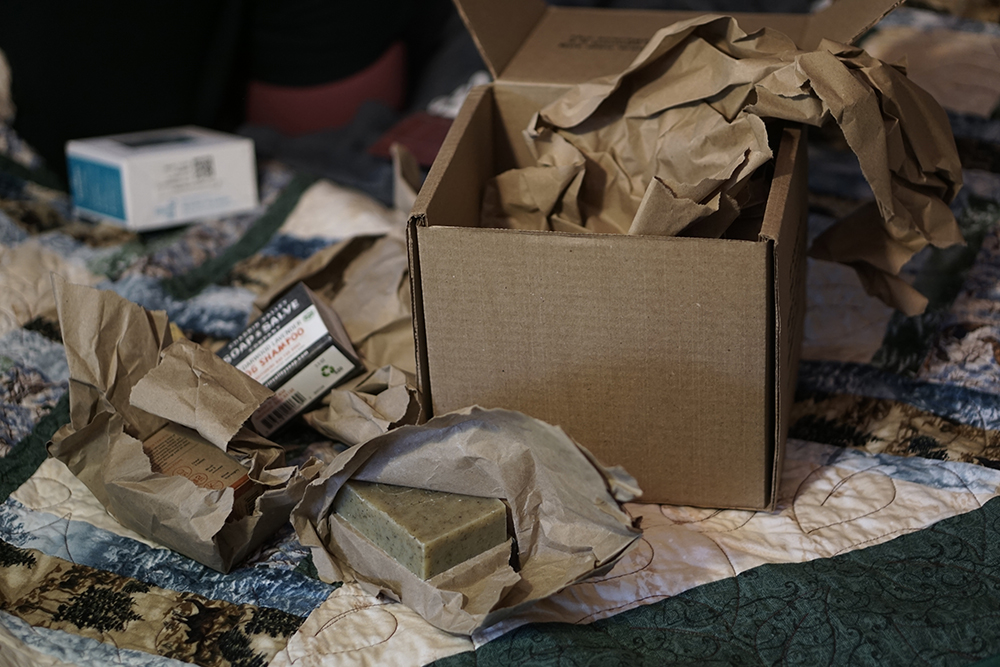
by William | Oct 14, 2020 | Healthy Living, Small Footprint
Dear Readers,
Shelby and I are going on a diet. Not with calories, but with our consumption of single-use packaging and disposal items – in other words, a trash diet. And we’re hoping to find ways to make it permanent, and not too inconvenient. Attempting to reduce our production of trash is one of those things that at first glance, doesn’t seem too difficult. Then you start thinking about it every time you throw something in the trash can… and it becomes daunting, fast. You really have no idea how much you throw away until you’re trying to stop! And it’s not like an addiction that one needs rehab for or anything, it’s a product of our society. It is the way we all do things, and it is the way things are made. There are sooooooo many trinkets, doodads, and wrappings that we literally only use ONE time, and then send to a landfill. However, with some dedication and a little more attention to such things, you can start to reduce your landfill-footprint on the planet, one doodad at a time. In this blog, I am going to share a little bit about how we have started doing it.
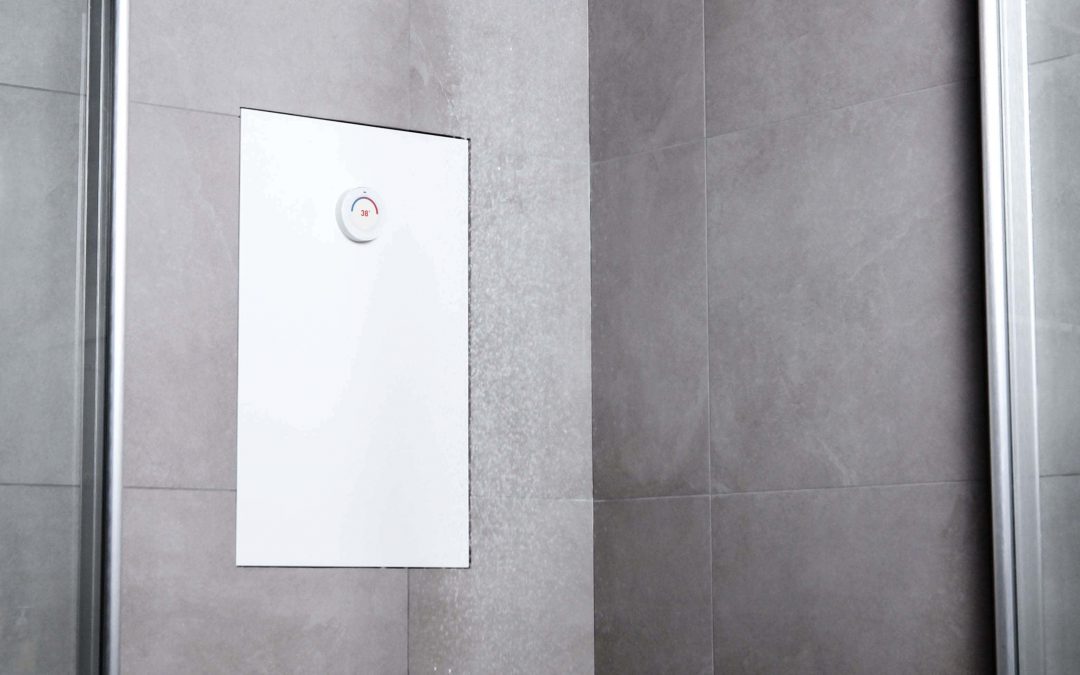
by William | Oct 7, 2020 | Healthy Living, Net Zero, Small Footprint
Given that William and I want to rely totally on our rainwater pillow for all of our potable and non-potable water needs, we need to seriously consider ways to cut down on our water consumption. A composting toilet is a great way to start. With a standard Clivus Multrum composting toilet, zero water is needed when we contribute our human waste as fertilizer. But beyond the toilet?
Up until now, we had no idea how we were going to cut our water usage especially in the realm of cleaning ourselves. We tossed around the ideas of sponge baths with a limited amount of water that we are allowed to use to rinse ourselves. Or, the push button showers that give you only 30 second intervals of lukewarm water. Maybe even the ol’ “it takes two to take a shower” as one person pours a bottle of water on the other person as they scrub shampoo into their scalp. And, if the water is cold, that would certainly speed up the showering process and limit the water usage…I probably used a grand total of one liter of water (4 cups) to shower when I was in Russia and the water we could get came straight from the frigid Volga river. None of these methods of self-cleaning are new, and have all been done before!
However, I can’t really say that I enjoyed my showering methods while in Volgograd…potential hypothermia and sudden heart failure are not things to look forward to during your routine self-cleaning. So, William began his typical determined search for solutions. And, as can be expected when he sets his sights on something, he found one! Dear readers, welcome to the Orbital Shower, the first recirculating shower (that we know of…) on the market!
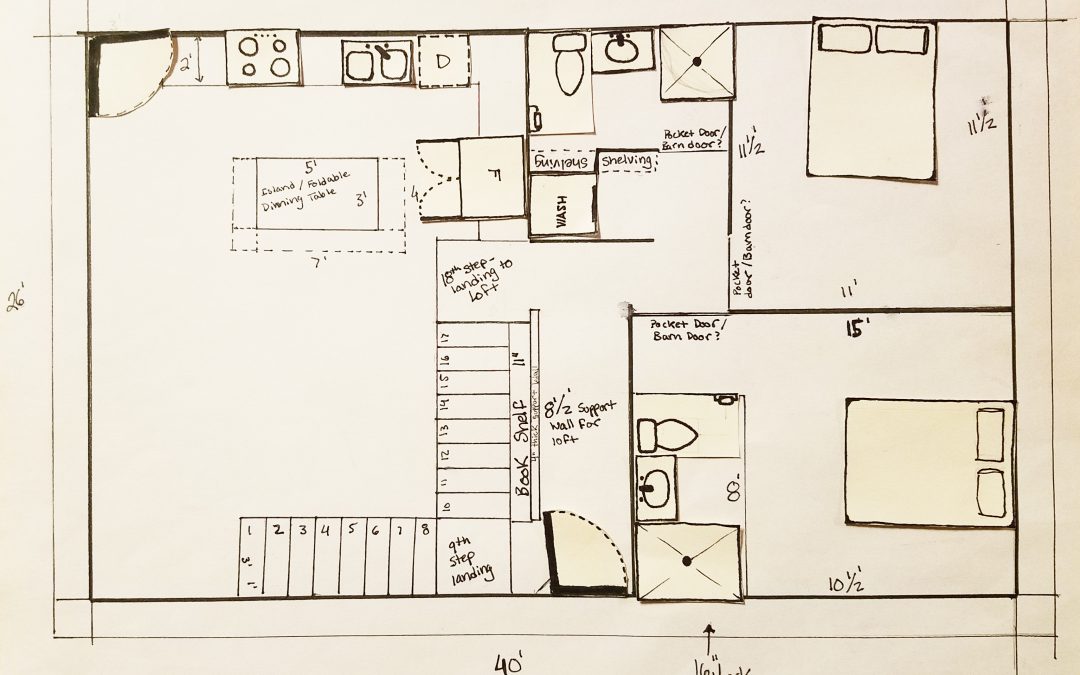
by William | Sep 23, 2020 | Healthy Living, Small Footprint
Dear Readers,
Just in case William and I’s children are a total disgrace to the family name and are not able to levitate, I remembered the stairs in this second rendition of our floor plans. As you’ll notice, we also added four feet to the length of our home, now bringing our home to be 26’ x 40’ (previously, it was 26’ x 36’). William wanted the home to be just a tad longer so that he could attempt to incorporate the ‘golden ratio’ into the design of our home. I will go over what exactly the golden ratio is in a lil’ bit…
We also made it slightly longer because we wanted to include a bathroom into the master bedroom. When I have to pee, I have to pee…and we realized that one bathroom and an unknown number of children would be an unnecessary hardship I just don’t feel like dealing with.
As you can see in the below image, we rearranged the stacked washer and dryer to go in a nifty nook near the ‘public’ bathroom, rather than being placed at the end of a long, dark, sketchy hallway. After a consultation with my aunt, she gave us the very true, and very helpful advice, that hallways are really a waste of space. Especially long, dark, sketchy hallways which only have a washer and dryer waiting for you at the end. It sounded just too much like a Goosebumps book waiting to happen.
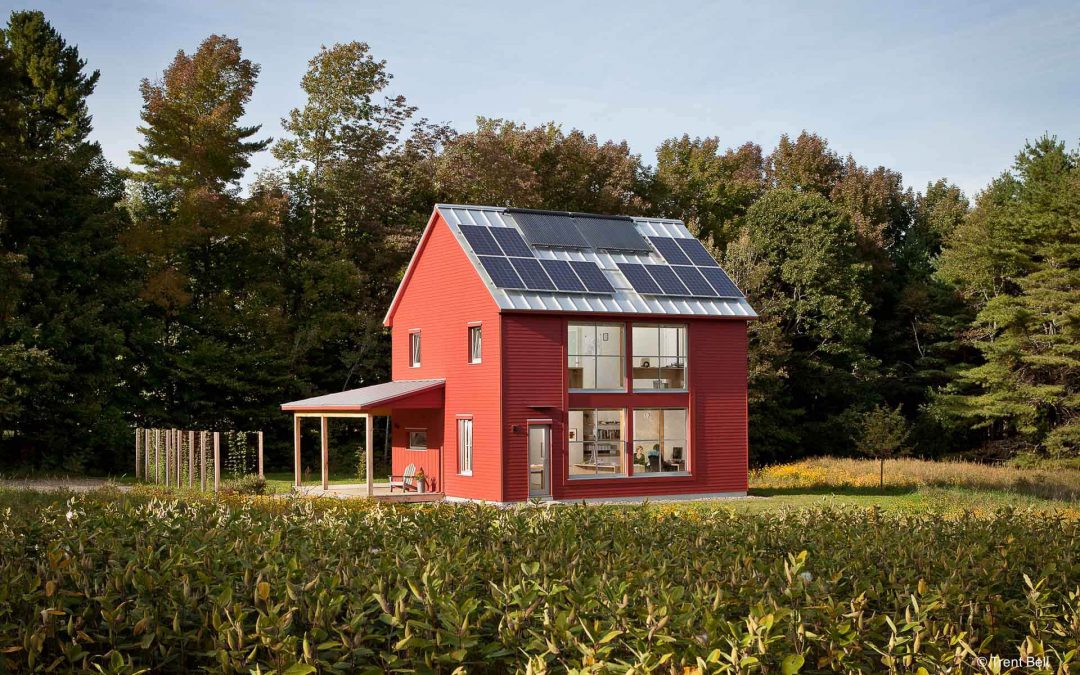
by William | Aug 12, 2020 | Healthy Living, Net Zero, Passive House, Prefabrication, Small Footprint
Dear Readers,
Welcome to our fifth Home Building Curiosity….Go Home! A division of Go Logic, Go Home is a design/build prefab Passive House enthusiast leading the way in energy efficient design and the continuation of learning.
Maine based, Go Homes are inspired by their local region’s natural landscape, as well as by its history, people, and culture.
All of their Go Homes meet Passive House (PHIUS) standards, and are prefabricated through a honed panelization process.
Passive House
An advocate for building homes that have the earth and future generations in mind, Go Home makes all their homes go passive. Achieving Passive House certification means that homes will use less energy, thereby paving the road to being net zero, or even net positive. A house requiring less energy to function, means less energy is needed in the first place.
Their homes’ air-tightness “meets or exceeds” Passive House (PHIUS) standards at .6 air changes per hour at 50 pascals (.6 ACH @ 50 Pa). And their homes are all crazy well insulated, as you shall read in the ‘prefabricated’ section.
They offer heat-recovery and energy-recovery ventilation systems with all of their homes. Three pane, high quality, windows are also utilized and placed accordingly to maximize heat gains from solar energy.
Go Home’s commitment to making not only their homes, but the world, Passive, can be admirably summed up in their last paragraph on their “Passive House” page:

